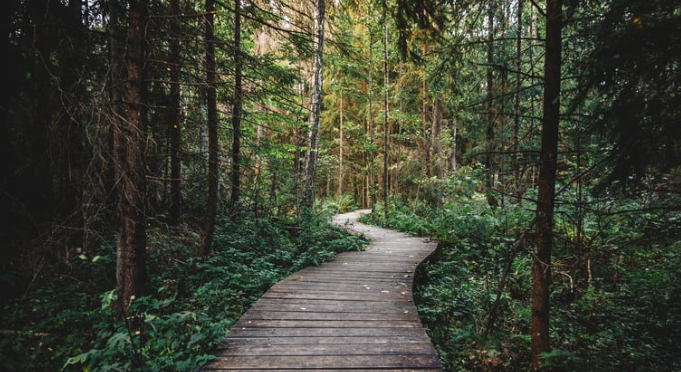Our sojourn in Habarana immersed us in a verdant tapestry of nature. The village, a tranquil oasis, offered unexpected encounters, such as the elusive Eurasian otter spotted twice during our early morning walks. The allure of Sigiriya, an iconic rock fortress, beckoned us. Its 200-meter height and architectural marvels promised a historical adventure.
Days unfolded amidst the rhythm of the jungle. Our mornings began with a delightful breakfast of local flavors – coconut roti, toast, and pancakes, accompanied by fragrant tea. The resort, a haven of tranquility, was adorned with mango, banana, coconut, and jackfruit trees, the latter a national treasure. The symphony of nature was complete with the enchanting calls of peacocks.
The local populace, intertwined with the forest, exhibited a harmonious coexistence. Tuk-tuks, ubiquitous in the region, served as both personal transport and economic lifelines. While many tourists opted for this mode of exploration, we found joy in traversing the landscape on foot.
Evenings brought us to a local eatery where a mother-daughter duo served delectable hoppers and tea. Their warm hospitality was a testament to the region’s friendly spirit. The simple yet flavorful vegetarian cuisine, featuring mango curry and papad, offered a taste of Sri Lankan culinary heritage.
The Matale district, encompassing Sigiriya, is a treasure trove of biodiversity. Lush vegetation, including the iconic jackfruit tree, and diverse wildlife, such as the Eurasian otter, create a captivating ecosystem. The village of Kimbissa, nestled amidst this natural splendor, offers a glimpse into rural Sri Lankan life, characterized by simplicity and a deep connection to the land.
Exploring the Villages and Wildlife
During the week-long stay in Sigiriya, each morning began with a walk through the village, surrounded by the vibrant green of the jungle. On one such morning walk, you were fortunate to spot an Eurasian otter twice—a rare and delightful encounter, as these creatures are elusive and typically seen near water bodies in the early hours.
The village of Kimbissa, where you stayed, is nestled within the Matale District, an area characterized by its thick forests and diverse wildlife. The region is home to a variety of animals, including peacocks, which you could hear calling from the treetops, as well as monkeys, wild boar, and occasionally, elephants that wander near the villages. The dense forest provides a perfect habitat for these animals, making Sigiriya and its surroundings a haven for nature lovers
Local Life and Food in Kimbissa
Kimbissa, a small village near Sigiriya, offers a glimpse into rural Sri Lankan life. The village is surrounded by forest and is dotted with traditional homes, many of which have their own gardens where residents grow vegetables, fruits, and spices. Jackfruit trees, coconut palms, banana plants, and mango trees are common sights, providing both shade and sustenance to the villagers. Jackfruit, the national fruit of Sri Lanka, is especially prevalent, and its sweet, starchy flesh is used in a variety of local dishes.
The local food in Kimbissa is a reflection of the village’s connection to the land. During your stay, you enjoyed traditional Sri Lankan breakfasts, including coconut roti, coconut pancakes, and a pot of tea. The village market, a short walk from your resort, was a daily stop for tea and hoppers—a type of Sri Lankan pancake made from fermented rice flour and coconut milk. The small family-run shop where you had tea and hoppers was a warm and welcoming place, run by a mother and daughter who prepared your meals with care.
Our experience was a harmonious blend of adventure, relaxation, and cultural immersion, leaving an enduring impression of Sri Lanka’s natural beauty and warm hospitality.
